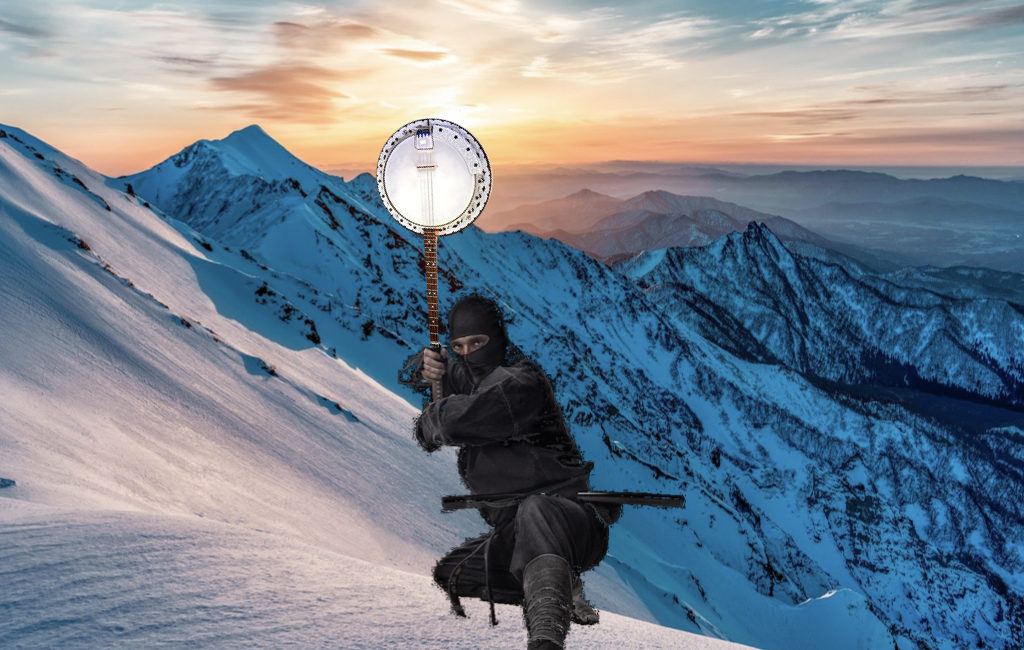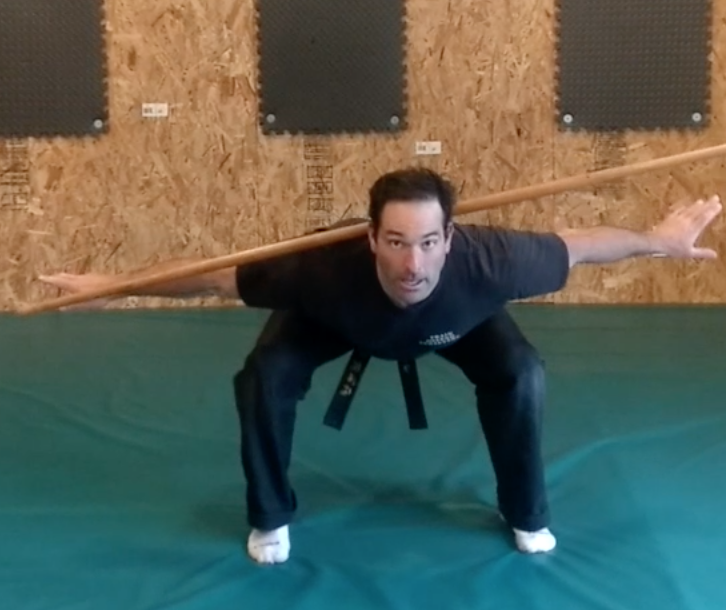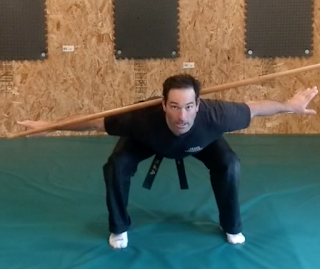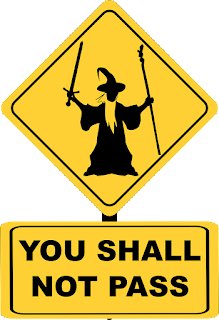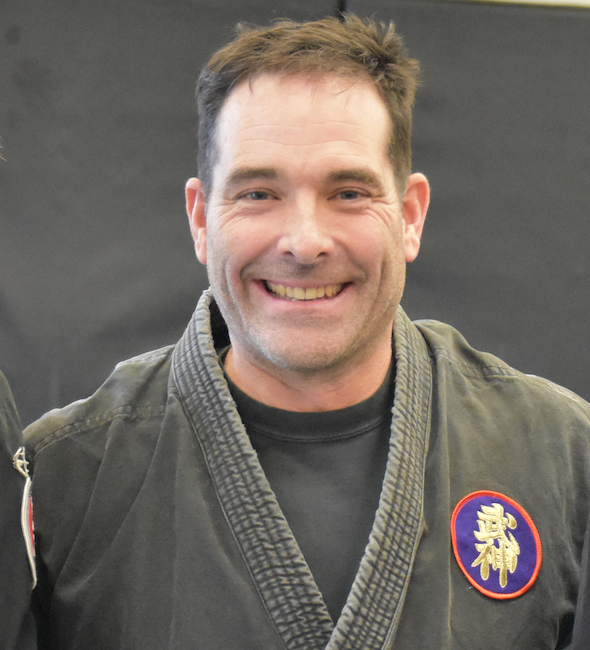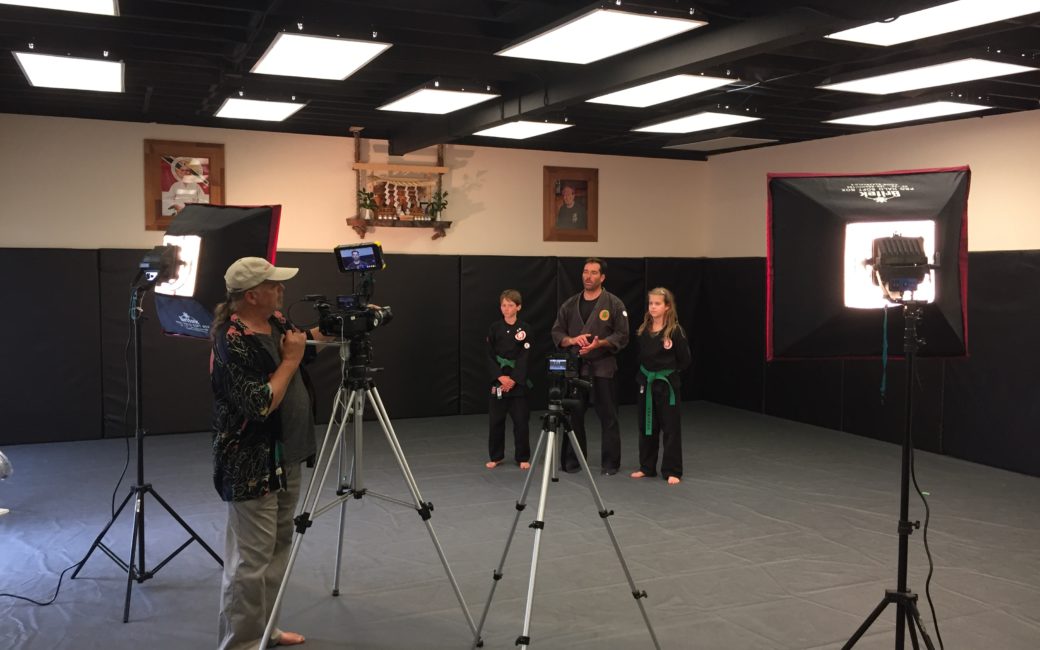In our last post, we interviewed renowned tracker and naturalist Jon Young who introduced the world of bird language to Sensei Roemke. Bird language reveals how listening to birds can teach us the art of invisibility on a landscape. In this post we interview Dan Gardoqui who specializes in teaching people how to get close to animals.
Sensei Roemke also shares one of our favorite meditation exercises for quieting the mind, which is key to getting close to wild animals.
 Over thirty years ago, one of Jon's first students was a young guy named Dan Gardoqui. Today Dan is one of the preeminent trackers, naturalists, and mentors of nature connection in North America. He co-founded and was Executive Director for the White Pines Program in Maine. He lives in Maine today where he runs Lead With Nature which offers consulting, coaching, online training, and more for those wishing to tap into a deeper awareness of nature. Dan teaches how to use tracking, bird language, and an ecological awareness approach in order to help people get closer to wildlife by "decoding nature's language."
Over thirty years ago, one of Jon's first students was a young guy named Dan Gardoqui. Today Dan is one of the preeminent trackers, naturalists, and mentors of nature connection in North America. He co-founded and was Executive Director for the White Pines Program in Maine. He lives in Maine today where he runs Lead With Nature which offers consulting, coaching, online training, and more for those wishing to tap into a deeper awareness of nature. Dan teaches how to use tracking, bird language, and an ecological awareness approach in order to help people get closer to wildlife by "decoding nature's language."We recently sat down with Dan to get a glimpse under his cranial hood, learn his approach to getting closer to wildlife (including humans), and how this can help us as ninjas.
Pathways: You use a term called "Ecological Awareness." How do you define this and how do you use it to get closer to animals?
Dan: To me it is knowledge of place. It's understanding landscapes, habitats, the animals that inhabit them. For instance, if my goal is to get closer to a moose in the fall, I am going to go to a place on the landscape where I am most likely to find them. So I have to understand what moose are eating, what they are thinking, what they are doing biologically that time of year which is their rut. Or after their rut when they are done breeding, I need to know if they are likely to be alone, or in pairs, or in bachelor groups. If they are in their thicker winter fur and it's a warmer day, they are going to be seeking out cooler and moister areas, so I'm going to have to think about microhabitats. I'm going to have to think about the cool pockets on the landscape. Ecological awareness flows with the rhythms of nature and is about understanding the natural history of animals and how habitats are preferential or not to different animals.
goal is to get closer to a moose in the fall, I am going to go to a place on the landscape where I am most likely to find them. So I have to understand what moose are eating, what they are thinking, what they are doing biologically that time of year which is their rut. Or after their rut when they are done breeding, I need to know if they are likely to be alone, or in pairs, or in bachelor groups. If they are in their thicker winter fur and it's a warmer day, they are going to be seeking out cooler and moister areas, so I'm going to have to think about microhabitats. I'm going to have to think about the cool pockets on the landscape. Ecological awareness flows with the rhythms of nature and is about understanding the natural history of animals and how habitats are preferential or not to different animals.
 goal is to get closer to a moose in the fall, I am going to go to a place on the landscape where I am most likely to find them. So I have to understand what moose are eating, what they are thinking, what they are doing biologically that time of year which is their rut. Or after their rut when they are done breeding, I need to know if they are likely to be alone, or in pairs, or in bachelor groups. If they are in their thicker winter fur and it's a warmer day, they are going to be seeking out cooler and moister areas, so I'm going to have to think about microhabitats. I'm going to have to think about the cool pockets on the landscape. Ecological awareness flows with the rhythms of nature and is about understanding the natural history of animals and how habitats are preferential or not to different animals.
goal is to get closer to a moose in the fall, I am going to go to a place on the landscape where I am most likely to find them. So I have to understand what moose are eating, what they are thinking, what they are doing biologically that time of year which is their rut. Or after their rut when they are done breeding, I need to know if they are likely to be alone, or in pairs, or in bachelor groups. If they are in their thicker winter fur and it's a warmer day, they are going to be seeking out cooler and moister areas, so I'm going to have to think about microhabitats. I'm going to have to think about the cool pockets on the landscape. Ecological awareness flows with the rhythms of nature and is about understanding the natural history of animals and how habitats are preferential or not to different animals.Pathways: In your work you refer to helper species and allies. What are they and how do they help you get closer to animals?
 Dan: This one is fun. "Helper" is a bit biased. It implies that the animals have the intention of being helpful to humans, and they may actually. I'm not sure we can say they definitely do or definitely don't. Some of the most well known examples are of ravens. There are many stories about these birds and how they sometimes act as guides to help people or other animals find certain things on a landscape, such as carcasses or prey species. If you pay attention to some basics of how ravens communicate, and if you are open to the fact that you are in communication with them, because frankly we all are in communication with the animals in one way or another whether we are conscious of it or not, then they can truly help you with some of your goals. The flip side of this relationship is that the ravens also get a benefit. For instance, if you are a hunter, and the ravens are helping you find your prey, after you successfully get that animal, you may leave parts of that animal behind after you process it. Then, the ravens will benefit from this food. There are other examples of this such as the honey guides in Africa.
Dan: This one is fun. "Helper" is a bit biased. It implies that the animals have the intention of being helpful to humans, and they may actually. I'm not sure we can say they definitely do or definitely don't. Some of the most well known examples are of ravens. There are many stories about these birds and how they sometimes act as guides to help people or other animals find certain things on a landscape, such as carcasses or prey species. If you pay attention to some basics of how ravens communicate, and if you are open to the fact that you are in communication with them, because frankly we all are in communication with the animals in one way or another whether we are conscious of it or not, then they can truly help you with some of your goals. The flip side of this relationship is that the ravens also get a benefit. For instance, if you are a hunter, and the ravens are helping you find your prey, after you successfully get that animal, you may leave parts of that animal behind after you process it. Then, the ravens will benefit from this food. There are other examples of this such as the honey guides in Africa.Pathways: If I live in a city or don't have a lot of experience in nature practicing these techniques, what is a good skill to begin with?
Dan: Listening, sitting still and giving your attention to the more-than-human world. It's important to pay attention to humans as well. Knowing our human behaviors and patterns is really helpful and wise when we want to stay safe and alert. But, also start to pay attention to everything else. It can be pigeons, crows, rats, squirrels, little sparrows. Start to give your attention to things that are not human and be open to a fact that they are speaking a language that we can understand. Just start being curious, ask questions, and develop relationships with them. The more you spend time in the same place, quietly listening and observing and being open, chances are those individuals are going to get used to you being there. When you give them your attention and respect, they are probably going to do the same for you. Start by just listening, watching, and giving them space. Say you are walking down a sidewalk, and there's a pigeon in front of you feeding on the sidewalk, just slow down and go around it. If you start to give birds a little more space and respect, it changes the dynamics, and it changes the way you see the world.
to humans as well. Knowing our human behaviors and patterns is really helpful and wise when we want to stay safe and alert. But, also start to pay attention to everything else. It can be pigeons, crows, rats, squirrels, little sparrows. Start to give your attention to things that are not human and be open to a fact that they are speaking a language that we can understand. Just start being curious, ask questions, and develop relationships with them. The more you spend time in the same place, quietly listening and observing and being open, chances are those individuals are going to get used to you being there. When you give them your attention and respect, they are probably going to do the same for you. Start by just listening, watching, and giving them space. Say you are walking down a sidewalk, and there's a pigeon in front of you feeding on the sidewalk, just slow down and go around it. If you start to give birds a little more space and respect, it changes the dynamics, and it changes the way you see the world.
 to humans as well. Knowing our human behaviors and patterns is really helpful and wise when we want to stay safe and alert. But, also start to pay attention to everything else. It can be pigeons, crows, rats, squirrels, little sparrows. Start to give your attention to things that are not human and be open to a fact that they are speaking a language that we can understand. Just start being curious, ask questions, and develop relationships with them. The more you spend time in the same place, quietly listening and observing and being open, chances are those individuals are going to get used to you being there. When you give them your attention and respect, they are probably going to do the same for you. Start by just listening, watching, and giving them space. Say you are walking down a sidewalk, and there's a pigeon in front of you feeding on the sidewalk, just slow down and go around it. If you start to give birds a little more space and respect, it changes the dynamics, and it changes the way you see the world.
to humans as well. Knowing our human behaviors and patterns is really helpful and wise when we want to stay safe and alert. But, also start to pay attention to everything else. It can be pigeons, crows, rats, squirrels, little sparrows. Start to give your attention to things that are not human and be open to a fact that they are speaking a language that we can understand. Just start being curious, ask questions, and develop relationships with them. The more you spend time in the same place, quietly listening and observing and being open, chances are those individuals are going to get used to you being there. When you give them your attention and respect, they are probably going to do the same for you. Start by just listening, watching, and giving them space. Say you are walking down a sidewalk, and there's a pigeon in front of you feeding on the sidewalk, just slow down and go around it. If you start to give birds a little more space and respect, it changes the dynamics, and it changes the way you see the world.How does quieting the mind relate to getting close to animals? What is a technique that you use for this?
 Dan: This is what I was just talking about. Doing the quiet sits and giving birds your attention and respect for example. Doing this just helps us get out of our own little bubble of thoughts, emotions, and things that might cause disturbance around us. If you think of yourself as moving through a pond, when the mind is quiet, the ripples you cause and the way you move is much smoother, so there are many less ripples or disturbances. When the mind is busy, we tend to cause quite a wake, ahead and behind us. This tends to push things away from us. Many species are very sensitive to our thoughts and emotions, and where we are in our heads, including our own species. It's easy to tell if your family or friends are in a tough space or not. So it's silly to think that wildlife can't detect this as well. Whatever helps you to get to this calm mental space, be it yoga, breathing exercises, or meditation, it's going to help you be more "invisible" in the forest. But it's not really being invisible to me because that means we are trying to hide from something. To me it's more about having integrity with the vibe of a forest or nature. It's not thinking that our human existence is the most important thing. It's just being open to all the other things that exist around us.
Dan: This is what I was just talking about. Doing the quiet sits and giving birds your attention and respect for example. Doing this just helps us get out of our own little bubble of thoughts, emotions, and things that might cause disturbance around us. If you think of yourself as moving through a pond, when the mind is quiet, the ripples you cause and the way you move is much smoother, so there are many less ripples or disturbances. When the mind is busy, we tend to cause quite a wake, ahead and behind us. This tends to push things away from us. Many species are very sensitive to our thoughts and emotions, and where we are in our heads, including our own species. It's easy to tell if your family or friends are in a tough space or not. So it's silly to think that wildlife can't detect this as well. Whatever helps you to get to this calm mental space, be it yoga, breathing exercises, or meditation, it's going to help you be more "invisible" in the forest. But it's not really being invisible to me because that means we are trying to hide from something. To me it's more about having integrity with the vibe of a forest or nature. It's not thinking that our human existence is the most important thing. It's just being open to all the other things that exist around us.You use movement, camouflage and stealth as a method for getting closer to animals. What are some of your preferred techniques in this area?
Dan: This is a big one. You need to spend a lot of time outside in nature to get to understand the baseline of those places before you decide the techniques you are going to use to blend in with that place. For instance, the pace that you would move in a busy city street in rush hour in order to blend in better be pretty quick. Whereas the pace you are going to use in a quieter rural wild area will probably be a bit slower. So getting to know the baseline of a place and how to blend in with that baseline and how to be invisible, that's part of the stealth and camouflage. So you really need to know a place. Camouflage is not just about colors and patterns. It's about our energy and speed, our body movements, and where we put our eyes. There's all sorts of little tricks in there.
places before you decide the techniques you are going to use to blend in with that place. For instance, the pace that you would move in a busy city street in rush hour in order to blend in better be pretty quick. Whereas the pace you are going to use in a quieter rural wild area will probably be a bit slower. So getting to know the baseline of a place and how to blend in with that baseline and how to be invisible, that's part of the stealth and camouflage. So you really need to know a place. Camouflage is not just about colors and patterns. It's about our energy and speed, our body movements, and where we put our eyes. There's all sorts of little tricks in there.
 places before you decide the techniques you are going to use to blend in with that place. For instance, the pace that you would move in a busy city street in rush hour in order to blend in better be pretty quick. Whereas the pace you are going to use in a quieter rural wild area will probably be a bit slower. So getting to know the baseline of a place and how to blend in with that baseline and how to be invisible, that's part of the stealth and camouflage. So you really need to know a place. Camouflage is not just about colors and patterns. It's about our energy and speed, our body movements, and where we put our eyes. There's all sorts of little tricks in there.
places before you decide the techniques you are going to use to blend in with that place. For instance, the pace that you would move in a busy city street in rush hour in order to blend in better be pretty quick. Whereas the pace you are going to use in a quieter rural wild area will probably be a bit slower. So getting to know the baseline of a place and how to blend in with that baseline and how to be invisible, that's part of the stealth and camouflage. So you really need to know a place. Camouflage is not just about colors and patterns. It's about our energy and speed, our body movements, and where we put our eyes. There's all sorts of little tricks in there.You teach people to "decode nature's language" in order to get closer to wild animals. Do you have a favorite or recent short story about doing this?
Dan: I have lots of great failures. It's really hard to do sometimes. I think that's really important to know. You shouldn't just walk out the door and think, "I'm going to take you to the bobcat licking her paws with her babies next to her." That almost never happens to me. That's because there is an early warning system in the wild that is used by every animal that is paying attention. Every animal that is awake and alert is warning each other when there is trouble coming. So that's part of the decoding- being aware that early warnings exist. The second part is tuning into it and getting to understand it by practicing and testing it out. The third part is being able to manipulate this system. It's like hacking the system and using it to your advantage.

An example of this happened last fall when I was turkey hunting in the woods behind my place. I am an avid birder and conservationist, but I also hunt birds. On this day, I approached an area pretty quickly where I thought there might be a flock of turkeys. One technique for hunting turkeys is to bust up a flock and then camouflage yourself and hide, then try to call them back. Often it's successful. On this day, I tried this and it didn't work. This group was a bunch of male Tom turkeys. They didn't separate, but instead stayed together. So I tried tracking them and that wasn't working. So I decided to do some predictive tracking. I imagined where they would move. I visualized in my mind's eye the landscape- all the slopes, wet spots, dark spots, spots for feeding, and hiding. I thought of the direction they took off in. So I sneaked quietly away from my spot and I listened to the birds. I listened to what was the baseline with the birds. I listened for alarms. I was able to move quietly without scaring any birds. I moved around birds that were feeding so as not to spook them because the turkeys would key in on this. Eventually I moved across the landscape at a very, very slow stalking pace while listening, breathing, and waiting. Then I repeated the process- stalking, listening, breathing, waiting. I noticed some chickadees doing their typical calls and songs. But then I noticed that they suddenly stopped. Without even thinking, this made me realize that the turkeys were nearby. I quickly raised my weapon and waited. About ten seconds later I saw a large gobbler walk by about ten yards from me. He seemed a bit nervous which made me wonder if he also heard the chickadees stop singing. When the chickadees stopped their singing, this was a slight change in the baseline. This was a moment of decoding nature's language for me. It doesn't always go this way. But this time I was able to intercept this animal.
I just had some pulled turkey leg sliders with some friends the other day.
*****************
Dan mentions that meditation can help build integrity with the vibe of nature. In the video below, Sensei Roemke shares a meditation technique that will help quiet your mind in nature and help to close the gap between you and the animals around you.
If you want to learn more, check out Dan's programs at Lead With Nature.
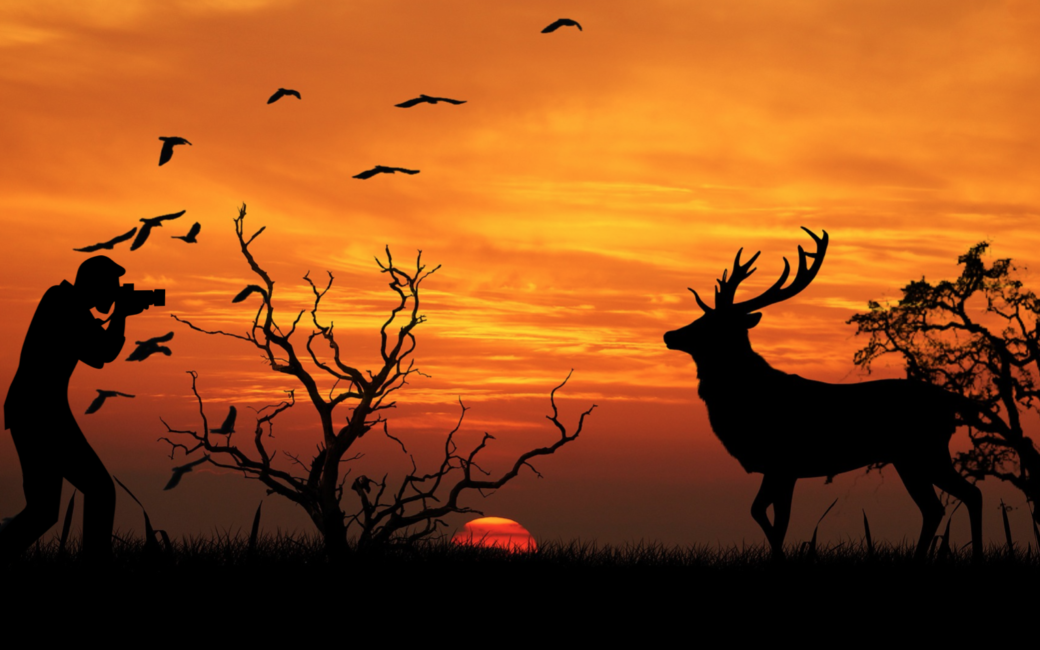
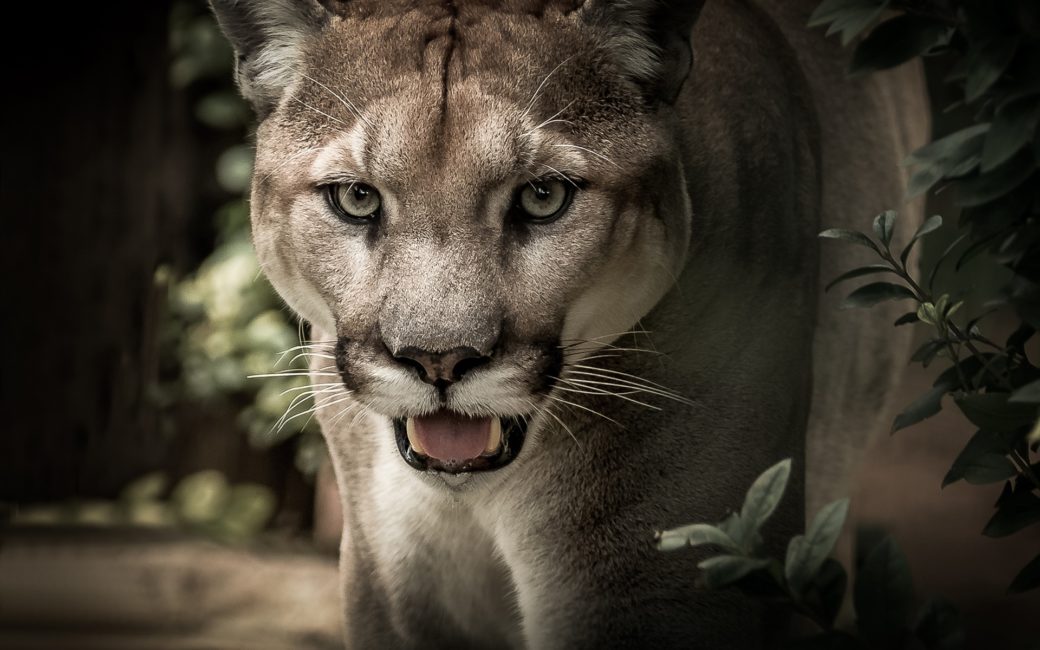
 To take a deeper dive into the art of bird language, we recently connected with Jon, a renowned author, tracker, naturalist, and mentor. Jon is a guiding force in bringing the practice of deep nature connection to the planet and is a pioneering voice in teaching the ancient art of bird language through his workshops and book,
To take a deeper dive into the art of bird language, we recently connected with Jon, a renowned author, tracker, naturalist, and mentor. Jon is a guiding force in bringing the practice of deep nature connection to the planet and is a pioneering voice in teaching the ancient art of bird language through his workshops and book,  JY: An example of bird language happened here on the evening of March 16. As the sun was going down. There were some deer feeding in the yard peacefully. There were three adult male deer and two yearling males. The yearlings were being yearlings. They were playing with each other. They were going off a little bit too far from from their uncles who would coax them back to the herd. The five bucks were feeding peacefully out in the meadow. At one point, a young male wandered off into the forest, on the east side of the field. Then on the west side of the field, where there is a forest edge, something changed. Out of that forest edge came the alarm call of the spotted towhee slowly moving from south to north following something unseen on the ground.
JY: An example of bird language happened here on the evening of March 16. As the sun was going down. There were some deer feeding in the yard peacefully. There were three adult male deer and two yearling males. The yearlings were being yearlings. They were playing with each other. They were going off a little bit too far from from their uncles who would coax them back to the herd. The five bucks were feeding peacefully out in the meadow. At one point, a young male wandered off into the forest, on the east side of the field. Then on the west side of the field, where there is a forest edge, something changed. Out of that forest edge came the alarm call of the spotted towhee slowly moving from south to north following something unseen on the ground.
 JY: Bird language really helps our brains. Also it opens up our awareness of the three dimensional space and has deep neurological benefits that brings us to the quiet mind. In the quiet mind, we’re able to hold silence and not be stressed out by the anxious thoughts that run through our head. Awareness of bird language allows us to be present in the moment. Of course, it allows us to see a lot more when we are moving around.
JY: Bird language really helps our brains. Also it opens up our awareness of the three dimensional space and has deep neurological benefits that brings us to the quiet mind. In the quiet mind, we’re able to hold silence and not be stressed out by the anxious thoughts that run through our head. Awareness of bird language allows us to be present in the moment. Of course, it allows us to see a lot more when we are moving around.

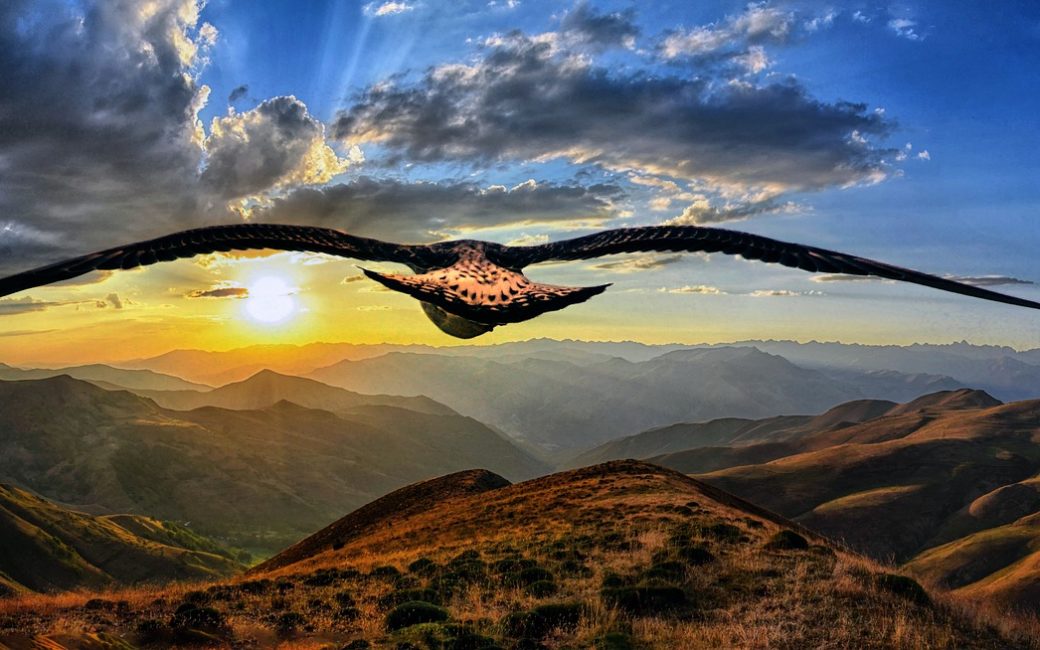
 on patrol in nature as a job occupation. Another thing we have in common is that we both eventually had our minds blown by the language of birds.
on patrol in nature as a job occupation. Another thing we have in common is that we both eventually had our minds blown by the language of birds.
 and hearing to try and detect the enemy when on patrol. My martial arts awareness training complimented this military training. Through years of martial arts training, I learned how to heighten my awareness.
and hearing to try and detect the enemy when on patrol. My martial arts awareness training complimented this military training. Through years of martial arts training, I learned how to heighten my awareness. He took me to a trail in the nearby redwood hills near where I live in Santa Cruz. A few miles into our morning hike we stopped. He turned to me and said, “Let's just stand here for a minute and tune in.”
He took me to a trail in the nearby redwood hills near where I live in Santa Cruz. A few miles into our morning hike we stopped. He turned to me and said, “Let's just stand here for a minute and tune in.”

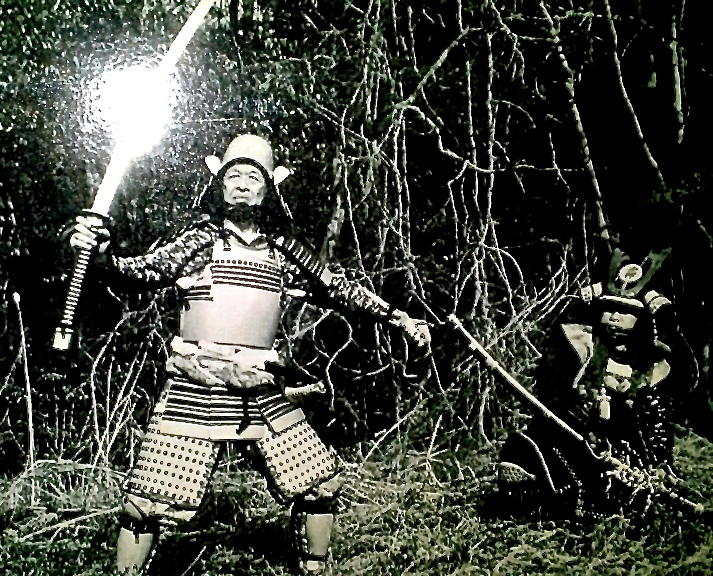



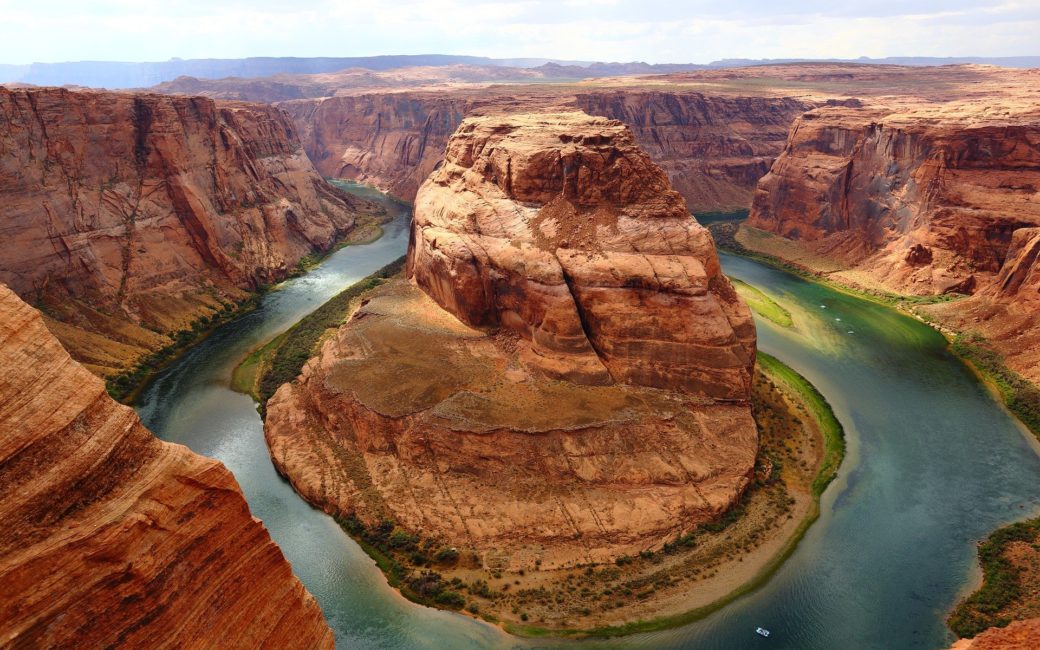
 a rafting trip down the Grand Canyon. One day of the trip, we went for a five mile hike up into the desert canyon. The temperature was over 110 degrees F. The dry desert landscape showed little sign of fresh water. That changed as we rounded a bend in the trail that put us at the base of a 500 foot high red wall limestone rock face. Hundreds of feet above us an enormous spring roared out of the rock wall face from a cave, landing in a large pool at the bottom of the cliff. It was the only time in my life that I have ever swam and drank the water at the same time. I can still hear the roar of the water fall. The dramatic contrast with the parched landscape surrounding this spring highlighted the value of this amazing resource.
a rafting trip down the Grand Canyon. One day of the trip, we went for a five mile hike up into the desert canyon. The temperature was over 110 degrees F. The dry desert landscape showed little sign of fresh water. That changed as we rounded a bend in the trail that put us at the base of a 500 foot high red wall limestone rock face. Hundreds of feet above us an enormous spring roared out of the rock wall face from a cave, landing in a large pool at the bottom of the cliff. It was the only time in my life that I have ever swam and drank the water at the same time. I can still hear the roar of the water fall. The dramatic contrast with the parched landscape surrounding this spring highlighted the value of this amazing resource.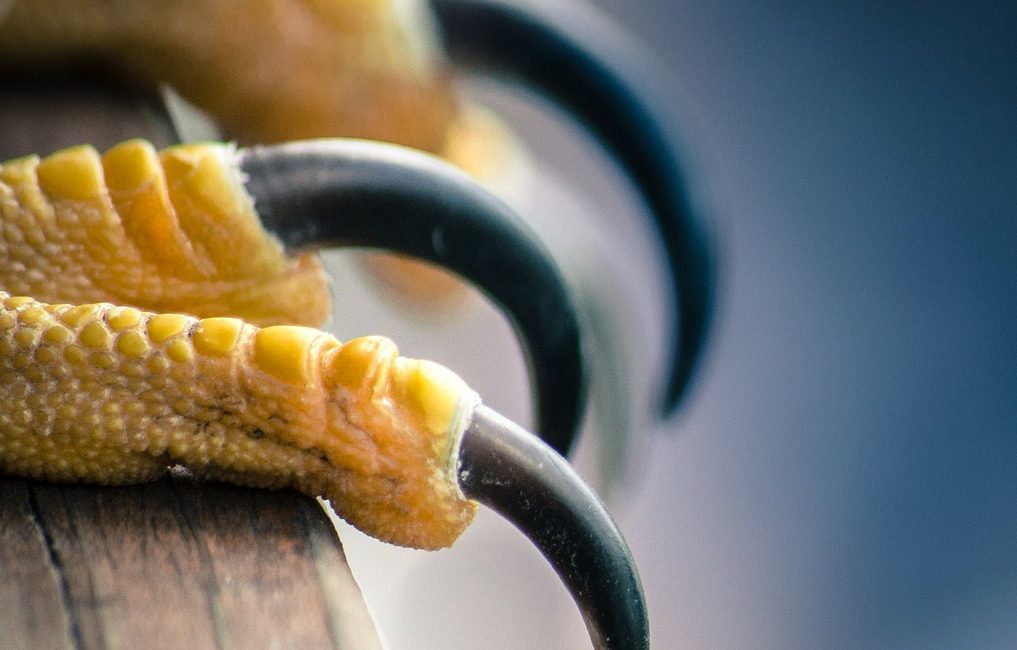

 There is a recent book that details this that I highly recommend by
There is a recent book that details this that I highly recommend by 

